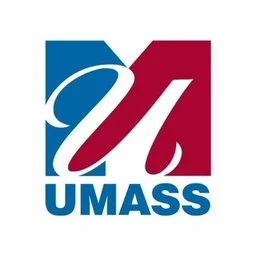NURS FPX 4030 Assessment 4 Remote Collaboration and Evidence Based Care
Some potential gaps in the devised care plan include the information about the optimal level of parents’ understanding, the financial status of the patient’s family to provide her with extensive medication treatment, communication challenges, and parents’ commitment towards their child’s health. This information would have helped to better devise the care plan.
Implementing an Evidence-Based Care Model
Have a look at the Knowledge Action Process model that involves translating knowledge into action steps and was instrumental in devising Caitlyn’s care plan. The Knowledge Action Process (KAP) model includes seven steps; Problem Identification, Knowledge Acquisition, Knowledge Understanding, Belief that Knowledge is Accurate, Knowledge Retention, Problem Recontextualization, and Knowledge Application. Here’s how it applies to Caitlyn’s case:
- Problem Identification: A patient is readmitted to the hospital due to cystic fibrosis. There is a need to develop a community-based care plan for her, which will be implemented using remote collaboration.
- Knowledge Acquisition: Various studies on cystic fibrosis were studied to fully understand the disease and its management, especially in community settings.
- Knowledge Understanding: All the information available in online resources was adequately understood and relevant information was filtered out for further process.
- Belief that Knowledge is Accurate: The resources were passed through CRAAP criteria to ensure that the information is relevant and accurate with all claims supported by authentic studies.
- Knowledge Retention: Specific information which is relevant for the management of cystic fibrosis was stored for devising a care plan.
- Problem Recontextualization: Caitlyn’s condition was revisited with all the factors that hindered her appropriate care. Moreover, existing resources were identified as well to devise the care plan accordingly.
- Knowledge Application: The care plan was created to address Caitlyn’s problems. This included strategies to maintain optimal gas exchange, improve proficiency in airway clearance therapies, manage infections, and maintain an open airway. It also necessitated educating her parents to understand her health condition.
The Knowledge-to-Action process model can be used to evaluate benefits to patient outcomes as follows. Caitlyn’s vital signs, such as oxygen saturation levels, could be evaluated to monitor the improvement in her health condition. Caregivers’ understanding of health conditions can be assessed to identify areas of improvement and subsequent action can be taken with regard to caregiver education. Caitlyn’s health progress can be monitored by observing her symptoms and the outcomes of the interventions. This will help in identifying the areas where further modifications in the care plan are needed. Lastly, infection and bacterial growth management can be measured by monitoring Caitlyn’s health and hygiene alongside regular checks for any signs of infection, thus aligning with the cycle of knowledge creation and application as per the model (Stanford et al., 2021).
Contemplation of the Gathered Evidence
Now I will be discussing the evidence collected from the three sources that were all critical for forming an effective care plan for Caitlyn who is suffering from cystic fibrosis. Research has established agreed-upon recommendations for the holistic management of individuals who are in the advanced stages of cystic fibrosis. These guidelines provided the necessary foundation for managing Caitlyn’s physical health, particularly in maintaining her optimal gas exchange and managing infections and bacterial growth, as these are key concerns in cystic fibrosis. The essay presents a qualitative evaluation of the encounters faced by teenagers living with cystic fibrosis.
While Caitlyn is younger, the psychosocial aspects highlighted in this study informed the goal to enhance the understanding of her health conditions and improve proficiency in airway clearance therapies. It showed the importance of empathy and understanding in treating younger patients with chronic illnesses. Overall, the knowledge about cystic fibrosis including its pathophysiology and main concerns informed the importance of the aforementioned interventions and assisted in the development of the proposed care plan.
NURS FPX 4030 Assessment 4 Remote Collaboration and Evidence Based Care
The relevance and usefulness of collected evidence were determined using the CRAAP Criteria, an acronym for Currency, Releva
Order Now






